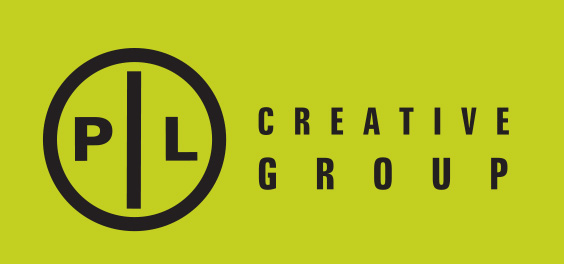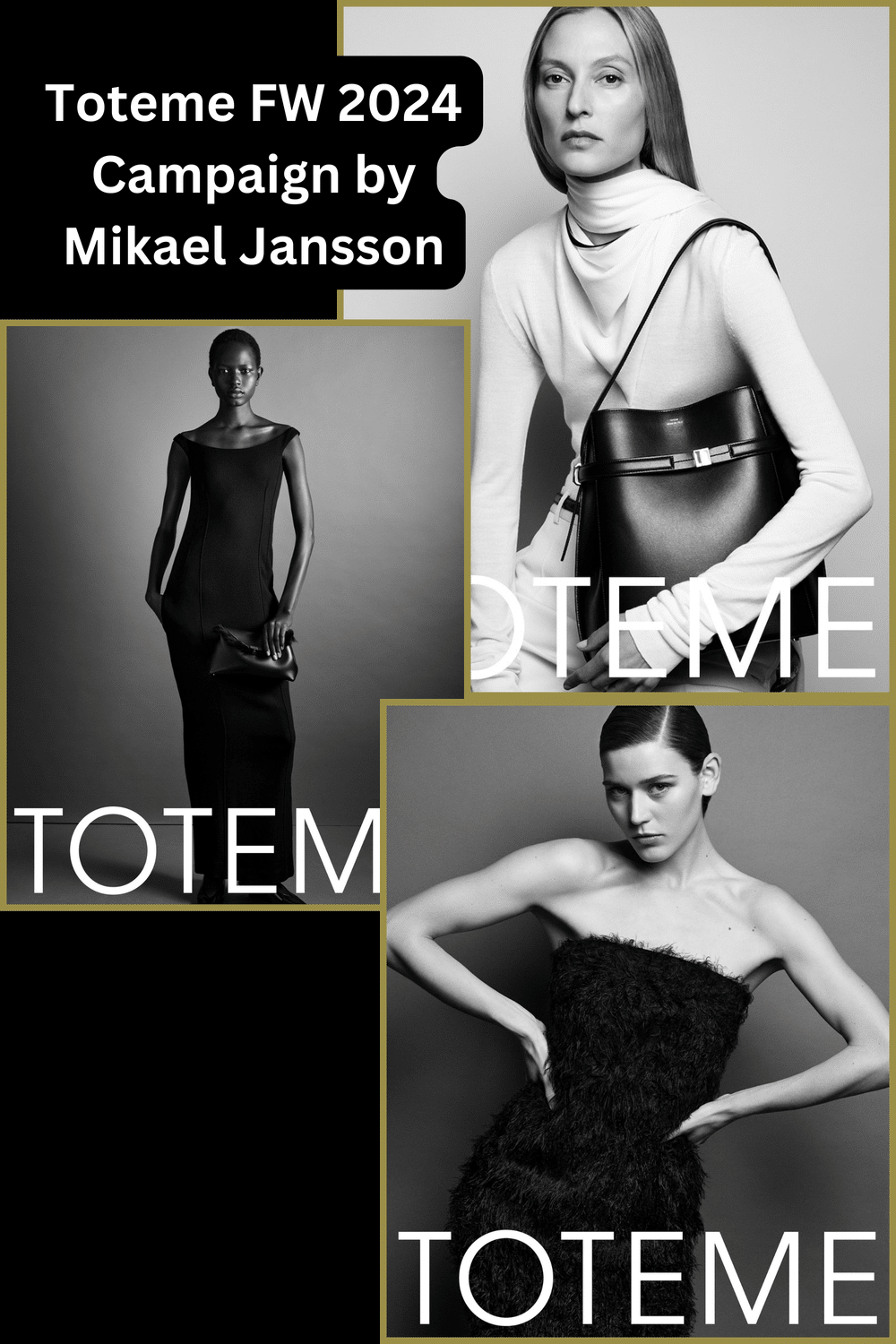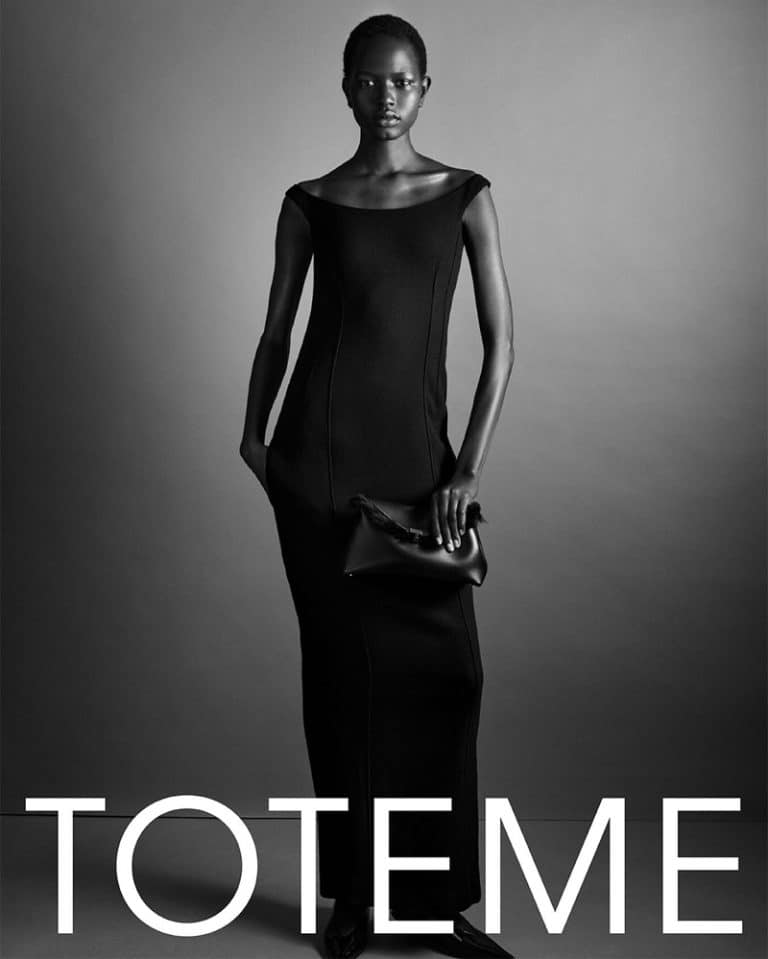Why Brand Identity Matters More Than Ever in 2025
In a world where customer attention spans are shrinking and brand options are multiplying, brand identity creation has become a strategic necessity, not a creative luxury. Whether you’re a startup or an established company, your brand identity defines how your audience perceives, remembers, and engages with you.
According to a 2024 global branding survey by Statista, 89% of consumers are more likely to buy from a brand they recognize and trust, while 77% say a consistent brand experience influences their purchasing decision.
In this guide, we’ll break down the latest branding strategies to help business owners and marketing managers build a powerful, cohesive identity in 2025.
What Is Brand Identity?
Brand identity is the visual and emotional representation of your brand. It encompasses everything from your logo design and typography to your tone of voice, brand consistency, and storytelling. It’s more than a logo — it’s the full sensory experience that builds trust and connection with your audience.
Core Elements of Brand Identity Creation in 2025
| Element | Description | Purpose |
| Logo Design | A unique visual mark representing your brand. | Instant recognition and recall |
| Color Palette | A consistent set of brand colors. | Emotional impact and visual cohesion |
| Typography | Fonts that align with your brand tone. | Visual harmony and readability |
| Imagery & Graphics | Icons, illustrations, and images. | Enhances storytelling and visual identity |
| Tone of Voice | How your brand “speaks” to the audience. | Humanizes the brand and builds connection |
| Brand Storytelling | The narrative that defines your brand’s mission and vision. | Creates emotional engagement and loyalty |
| Consistency Guidelines | Rules for how to apply identity elements. | Ensures unified experience across all channels |
Case Study: Totême — Building a Global Luxury Identity Through Consistency and Minimalism
Swedish luxury brand Totême, founded by stylist Elin Kling and Karl Lindman, has emerged as a masterclass in brand identity creation—embodying the minimalist, purpose-driven strategies that define successful branding in 2025. From the beginning, Totême’s visual identity was built on restraint: a monochrome palette, geometric serif typography, and spacious layouts that allow the product to breathe. Its logo is quiet but instantly recognizable, and the brand’s consistent use of clean lines and neutral tones across web, social, and retail reinforces an image of effortless sophistication. Totême’s digital presence—especially on Instagram and their website—is a seamless expression of their values: curated, calm, and elevated.
But Totême’s brand identity goes beyond aesthetics. It’s rooted in intentional storytelling. Their campaigns focus not on trend cycles but on wardrobe building and the emotional appeal of timeless design. Every content touchpoint reflects this philosophy—from slow-motion editorial videos to clean lookbooks and ethically focused sourcing statements. By embracing omnichannel consistency, minimalist design, and sustainable messaging, Totême has built a fiercely loyal global audience. Their understated branding has led to high brand recall and strong organic growth, positioning them as a quiet luxury powerhouse in a noisy fashion world.
Top Branding Strategies for 2025
1. Purpose-Driven Branding
Customers today want to support brands that reflect their values. Your brand storytelling should clearly articulate why your brand exists beyond profit.
💡 Tip: Use your “About Us” page to share your mission, vision, and founding story.
2. Minimalist Visual Identity
Simplicity is not just a trend — it’s a necessity. Minimalist logo designs and clean visuals make your brand more recognizable on digital platforms.
3. Omnichannel Consistency
Whether your customer finds you on Instagram, your website, or a podcast ad — your brand consistency must remain seamless.
According to Lucidpress, consistent branding increases revenue by 23%.
4. Personalization at Scale
With AI and data tools, brands can personalize interactions without losing identity. This balance between automation and authenticity is key.
5. Sustainable & Ethical Branding
In 2025, customers expect your brand to reflect sustainable practices. This must be part of your visual identity and brand message.
Brand Identity Creation Process: Step-by-Step
Step 1: Define Your Brand Core
-
Mission & vision
-
Core values
-
Brand personality
Step 2: Research Your Market
-
Analyze competitors
-
Identify audience personas
-
Study industry trends
Step 3: Create Visual Elements
-
Design your logo
-
Choose color schemes
-
Set typography rules
Step 4: Craft Your Voice & Story
-
Develop a messaging guide
-
Outline your brand story
-
Align tone with audience expectations
Step 5: Build a Brand Style Guide
A brand style guide ensures consistency across platforms and team members. Include specifications for:
-
Logo usage
-
Colors and fonts
-
Imagery styles
-
Voice and messaging
Measuring Brand Identity Success in 2025
Track these KPIs to ensure your brand identity creation efforts are working:
- Brand Recall Rate
- Customer Retention Rate
- Net Promoter Score (NPS)
- Social Media Engagement
- Direct Traffic Increase
- Revenue Growth per Channel
Brands that invest consistently in identity-building enjoy 3.5x better visibility and 2x revenue growth over five years.
Conclusion: 2025 Is the Year of Strategic Brand Identity Creation
As customer expectations evolve, brands must deliver not just products but experiences, values, and trust. By following a strategic approach to brand identity creation, businesses can stand out, scale up, and build loyal communities in 2025 and beyond.
- How long does it take to build a brand identity?
Typically 4–12 weeks, depending on complexity and whether you’re working with an agency. - What’s included in a brand style guide?
Logo usage, fonts, color palettes, tone of voice, and visual examples for consistency. - Can a small business build a strong brand identity without a big budget?
Yes, with strategic planning and the right tools, even small businesses can create impactful brands. - Is logo design the most important part of brand identity?
It’s important, but only one part. Messaging, tone, and consistency are equally vital. - How often should I refresh my brand identity?
Every 3–5 years or when entering new markets or launching new products. - Should branding be different for B2B vs. B2C?
Yes. B2B branding focuses more on trust and expertise, while B2C is often more emotional and experience-driven. - What tools help with brand consistency?
Canva, Figma, Adobe Creative Suite, and digital asset management platforms. - How does storytelling influence brand identity?
It humanizes your brand, builds emotional connections, and increases loyalty. - What role does color play in branding strategies? Color evokes emotion and improves brand recall by up to 80%.













